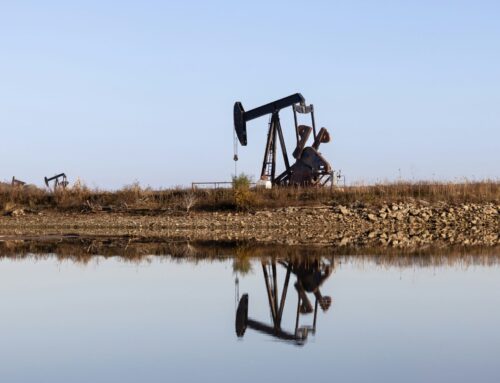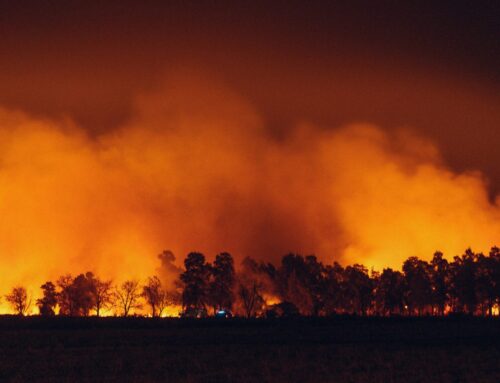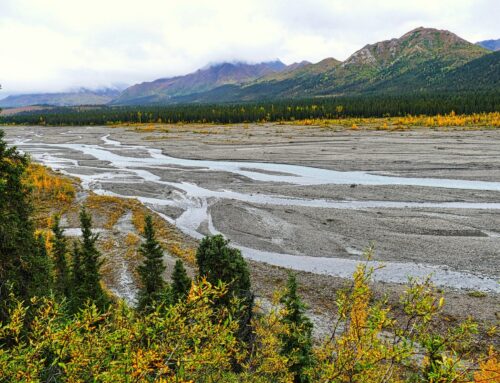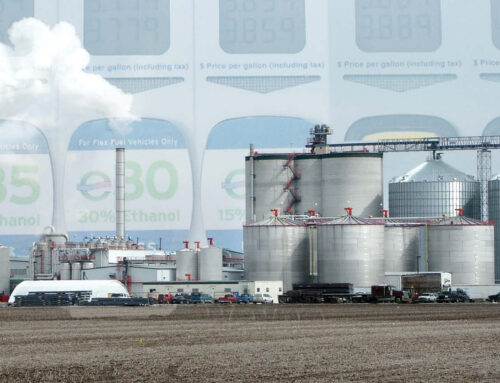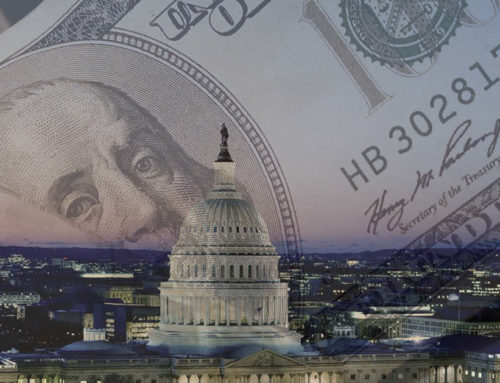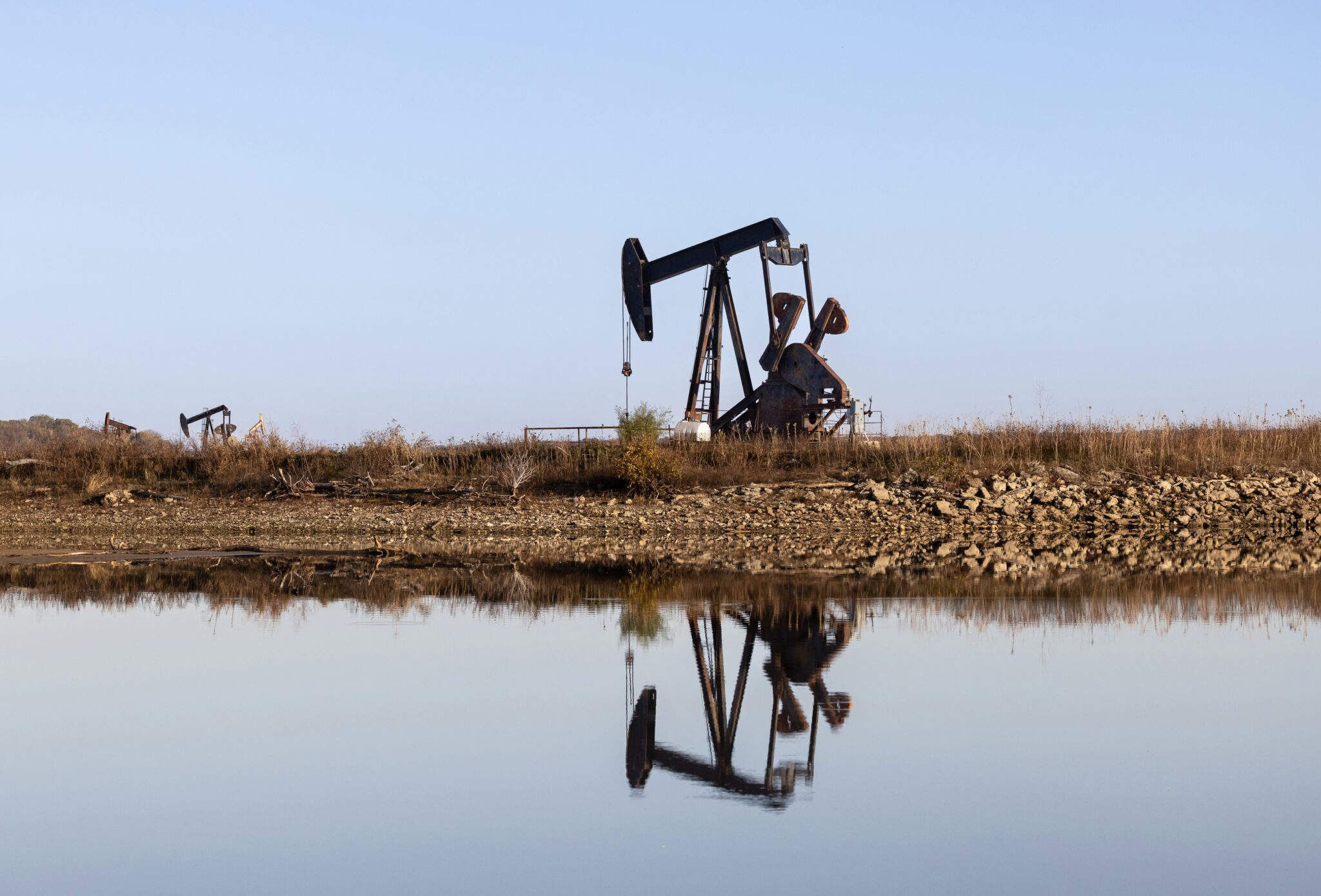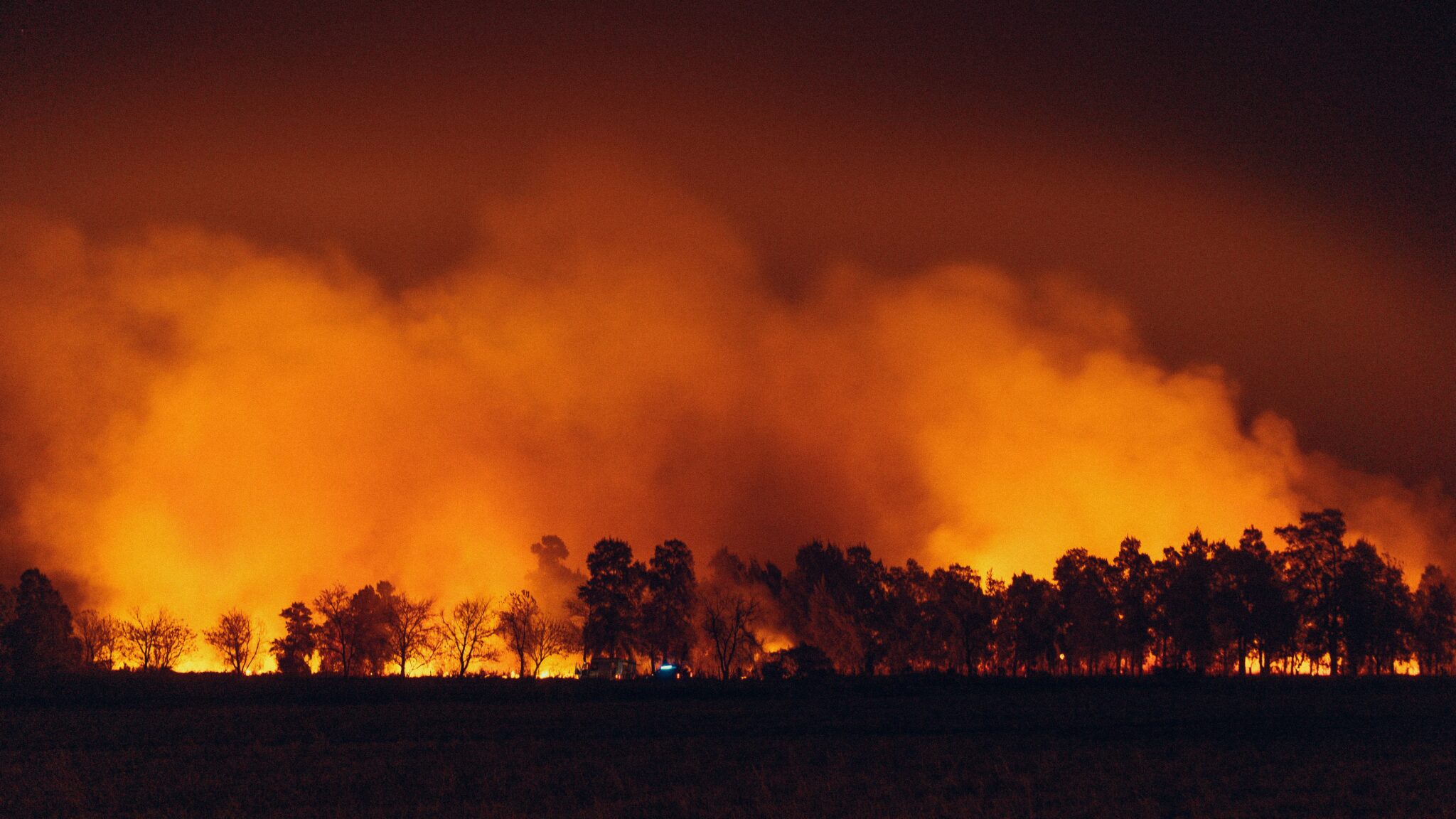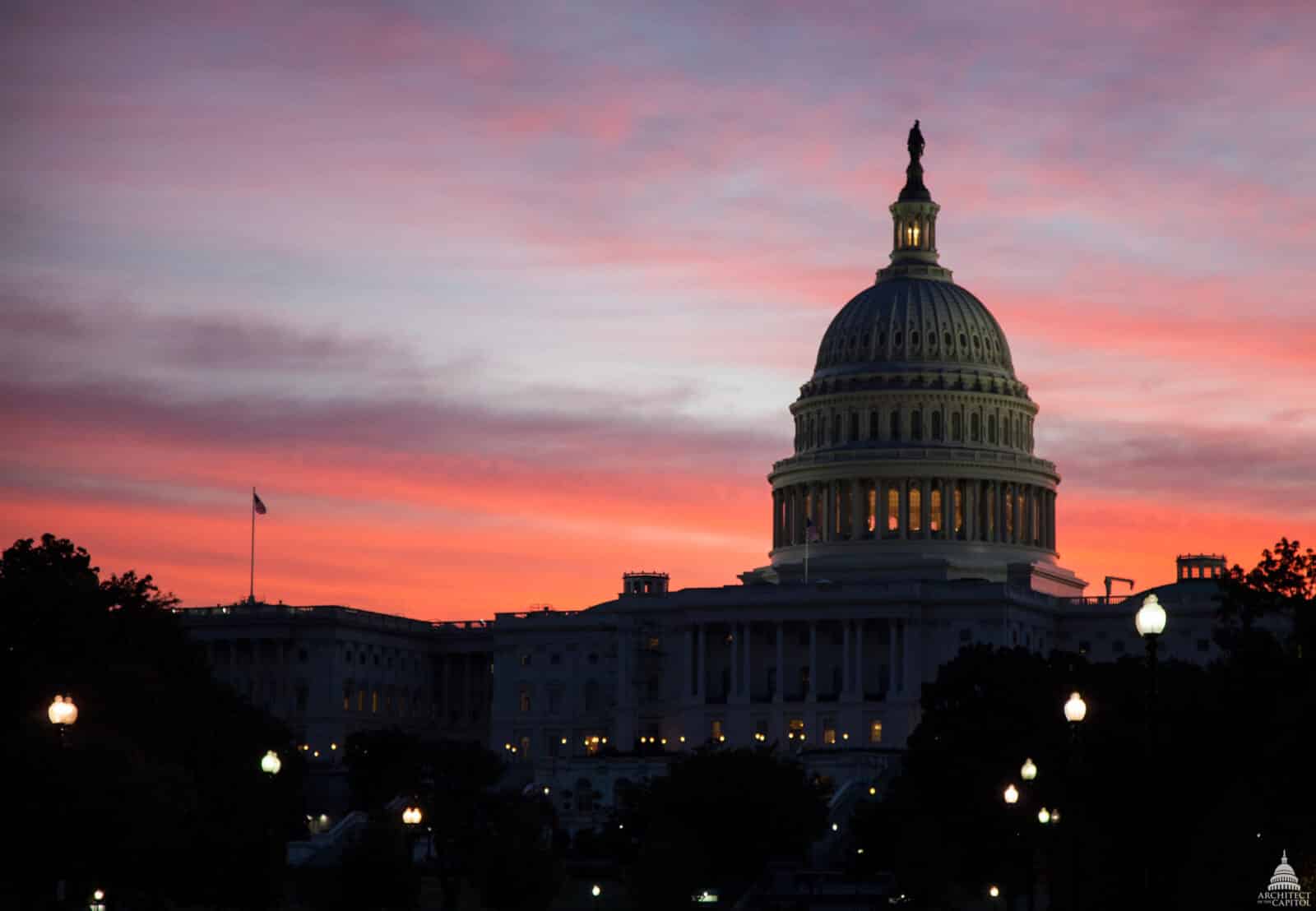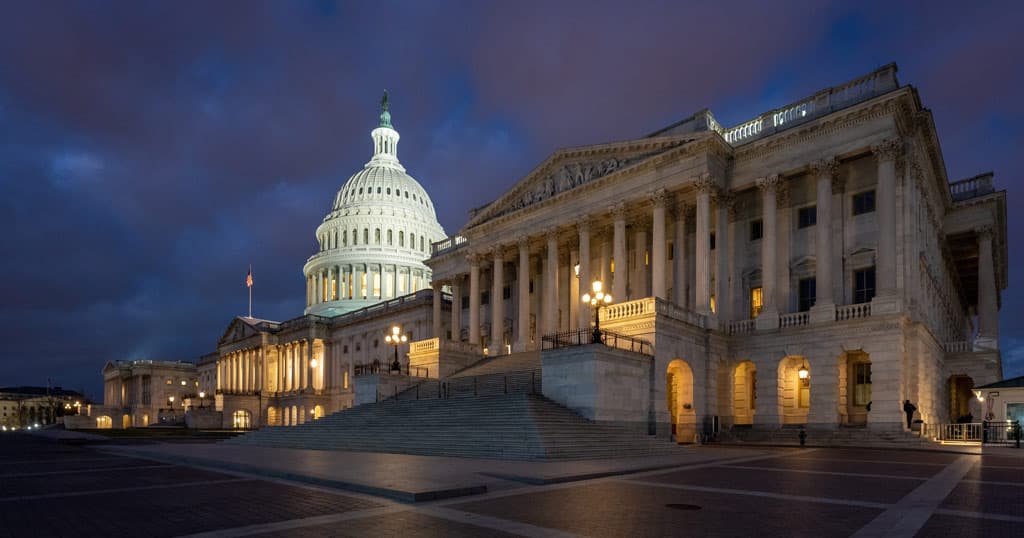Update: On December 31, 2024, the U.S. Department of the Interior announced the bid opening for the second oil and gas lease sale in the Arctic National Wildlife Refuge (ANWR) will be held on Jan. 10, 2025, a day later than previously announced.
The U.S. Department of the Interior announced today that it will hold an oil and gas lease sale in the Arctic National Wildlife Refuge (ANWR) on January 9, 2025. This will be the second time the federal government has offered leases for oil and gas development in the country’s largest wildlife refuge.
The upcoming sale is expected to generate minimal revenue for federal and Alaskan taxpayers, with Alaska receiving half of all proceeds from the sale and future leasing. The oil and gas industry has shown little interest in drilling in the Arctic Refuge due to the high costs and significant risks associated with operating in such a remote and ecologically sensitive area. Major banks and insurance companies have also declined to finance oil and gas operations in the region, citing the excessive risk.
The only prior lease sale in the ANWR, held in January 2021, attracted just three bidders, including a public corporation funded by the state of Alaska, which stepped in to bid in the lease sale due to the lack of industry interest. That sale fell far short of revenue expectations, delivering a fraction of what taxpayers were promised.
Congress mandated two oil and gas lease sales in ANWR as part of the 2017 Tax Cuts and Jobs Act to generate revenue to offset the high cost of the legislation. However, the first lease sale raised less than 1% of the projected revenue, resulting in the 2017 tax bill costing taxpayers almost $1 billion more than estimated—further adding to the growing national debt.
The upcoming lease sale will offer 400,000 acres of federal land—the congressionally mandated minimum—for oil and gas development. This area only includes the acres projected to have a high potential for oil and gas resources, much of which was originally leased in the January 2021 lease sale but later rescinded (more on this below). Leases issued will have a primary term of ten years with a fixed royalty rate of 16.67%. The statutory minimum bid will be $30/acre, an increase from the $25/acre minimum bid in the 2021 sale.
Under the incoming Trump Administration, more federal oil and gas leases could be offered in the Arctic Refuge.
Background
The Arctic National Wildlife Refuge (ANWR) is the largest refuge within the National Wildlife Refuge System. In the 2017 Tax Cuts and Jobs Act, Congress authorized a federal program to manage the “leasing, development, production, and transportation of oil and gas in and from the Coastal Plain” of the Arctic Refuge, an area that contains approximately 1.5 million acres of non-Wilderness federal land. Specifically, Congress required the Department of the Interior (DOI) to hold an initial lease sale by December 22, 2021, and a second lease sale by December 22, 2024, with each sale offering at least 400,000 acres.
The ANWR oil and gas program was proposed as a revenue raiser to offset the 2017 tax bill’s $1.9 trillion price tag. The Congressional Budget Office (CBO) originally estimated that the two lease sales would generate $1.82 billion in total over 10 years, resulting in $910 million in federal revenue as half would be shared with the state of Alaska. However, actual revenue from the first oil and gas lease sale was less than 1 percent of what Congress and the CBO promised. The auction leased 9 parcels containing 437,804 acres, 40% of what was offered, and generated just $16.5 million in total revenue.
In 2022, the only 2 private companies that acquired leases requested to rescind their leases, further reducing revenue from the original sale to just $13.4 million, leaving the Alaskan state-owned corporation the only entity still holding leases. Most recently, in September 2023, the DOI rescinded the seven remaining leases in ANWR due to serious flaws and legal deficiencies in the previous Administration’s environmental analysis.
High Risks and Little Reward for Both Taxpayers and Industry
Taxpayers have little to gain and much to lose if we recklessly pursue oil and gas development in the Arctic Refuge. The results of the January 2021 lease sale were disappointing and fell far short of the revenue projections. Before leases were rescinded in 2023, revenues from the first lease sale had dropped to just $13.4 million, less than three quarters of one percent of what taxpayers were promised when the leasing program was first authorized.
Recent developments have only further demonstrated a lack of industry interest. Chevron and Hilcorp recently exited their claims in the nonfederal portion of the Arctic Refuge and ExxonMobil informed shareholders in April 2023 that the company “is not pursuing any active developments within the Arctic National Wildlife Refuge.” A number of major U.S. banks—including Wells Fargo, Goldman Sachs, Morgan Stanley, Citibank, and Chase—and insurance companies—including Chubb—have also announced they will no longer finance or insure oil businesses in the Arctic Refuge.
Holding a second oil and gas lease sale in the Artic Refuge with limited industry interest and poor prospects for any oil and gas development in the area will likely have the same disappointing outcome for taxpayers as the first sale, as would any leasing pursued in the foreseeable future.


